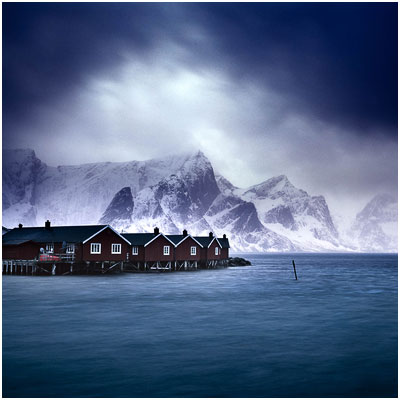"When I'm at home, I long to be away on my travels with my camera
and when I'm away, I sometimes long to be at home"
I'm just home from a month traveling in South America. It is something I do annually and I dearly love returning to Patagonia and Bolivia. Like most of the landscapes I have become acquainted with over the years, they have become a home from home for me. I dearly love them and would be very sad indeed if I could not return as frequently as I do. I fully appreciate that as part of my job, it is a real luxury to go to Patagonia and Bolivia each year, when these destinations are perhaps at most a once in a life-time experience for many.
Cono de Arita, Argentina Altiplano, Image © Bruce Percy 2015
I've been back home for a week, and I've found it very hard re-adjusting. Years ago, the adjustment was just as hard, but in a different way. Traveling abroad would be a real luxury for me - a once a year endeavour and escape from my (at the time) IT job. I fully see and understand the parallels for my dear clients - many of whom have become good friends. I understand their excitement on coming with me to Patagonia or Bolivia.
But for me now, the re-adjustment is different. I do so much traveling, and spend so much time with groups of enthusiastic photographers, where the chat and banter are so much fun, that it's often very hard to come back to my home town and settle back in to a routine. I noticed last year for instance, that after being home for two weeks, I was hatching plans to buy a plane ticket and head off..... I'm glad to say that I resisted the temptation and went 'cold-turkey' for a month.
It was only then that I really started to enjoy being home. The same bed each nice (bliss!), the same kettle, I didn't have to pay a fortune each time I wanted a cup of tea or coffee. I had full privacy, and the surprising thing of all - I delighted in the familiar.
It took me a while to realise, that due to the amount of traveling I was doing, I was becoming 'institutionalised'. The travel, the landscapes, the places I love to go to, were becoming more of a home for me, than my real home was.
So this year, I opted to go 'cold-turkey' for three months. To stay at home and just enjoy the familiarity of my surroundings. Well, I'm one week in so far, and I'm already feeling that sense of restlessness that seems to pervade my thoughts. But I know I'll get through it, and before I know it, I will be psychologically ramping up for going away on my travels during the autumn and winter.
It's a schizophrenic life I lead, and I think it's not dissimilar to many others who have a love of landscape photography.
The thing is, I recognise that I'm not alone. Most of us who have a passion for the landscape, have a desire to break free from the 9-5 job, or to be more connected with the world in some way.
Watching the clouds roll over a landscape, or watching the tide wash against a coastline is as primeval an instinct as staring at a fire is. It seems to be something deep within some of us, that we simply just want to be as connected with the world and our environment as we can be.
It's a restlessness of some kind, and I think it's just the way it is: we can't control the urge or the impulse, and because we can't, we never really know exactly where we want to be.
Perhaps it's just a yearning for a sense of balance that we're really searching for?
We are inquisitive by nature: I would put it to you that all landscape photographers are seeking to know more, to feel more connected, to feel more alive, and one way to do that, is to go searching, traveling, seeking.
With that inquisitiveness has to come a sense of restlessness. And with that restlessness comes a need for some kind of balance between routine and adventure.














